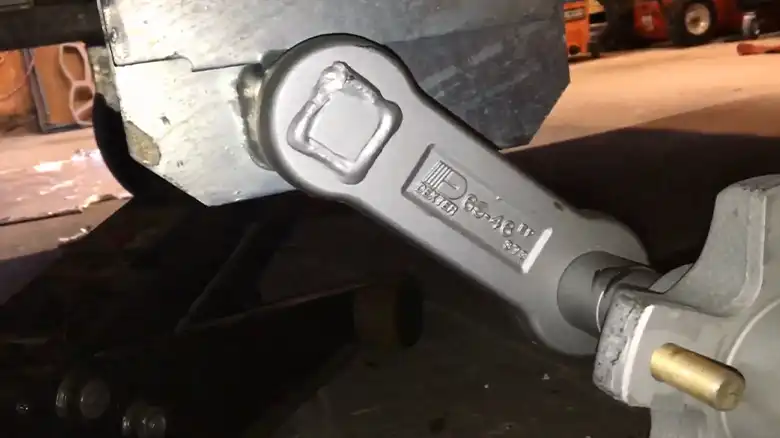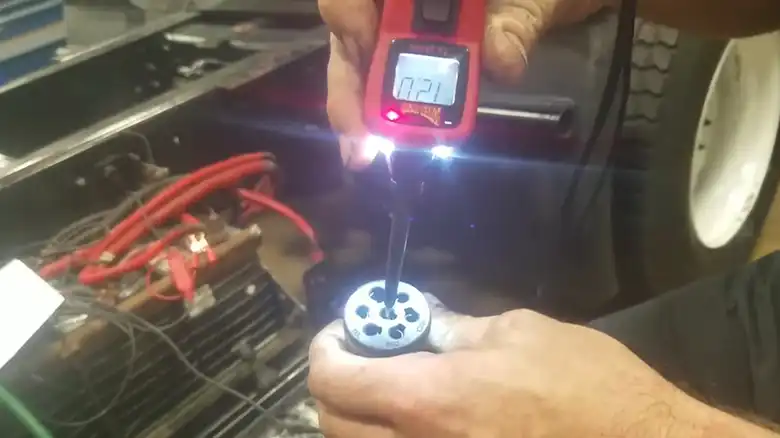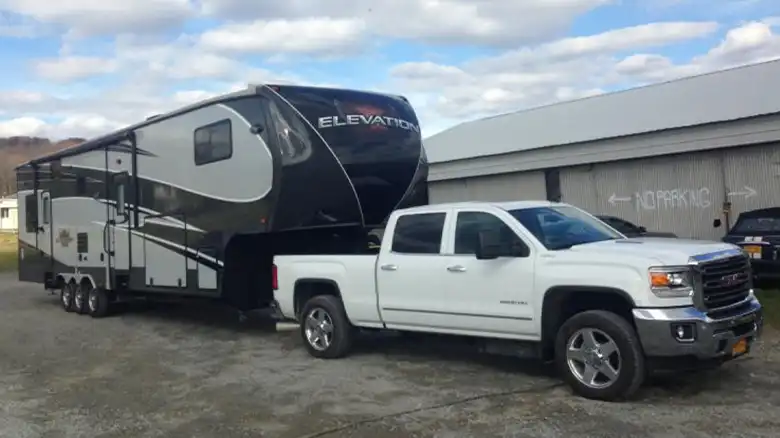When it comes to maintaining or inspecting a trailer with torsion axles, it’s important to approach the process with care and precision. The procedure for jacking up a trailer with torsion axles differs from trailers with leaf spring suspensions.
Torsion axles are a common suspension system for trailers, and while they offer several advantages such as a smoother ride and less maintenance, jacking them up requires a specific approach. Unlike leaf spring suspensions, torsion axles do not have distinct components under the trailer frame that can be used as jack points. Instead, you need to find the right location to safely raise the trailer.
Today, I will take you through the step-by-step process of safely lifting a trailer with torsion axles, explain the key differences, and provide essential tips for a successful operation.

Preparing the Trailer for Lifting
Before you even think about lifting your trailer, it’s crucial to select the right location. Here’s what to consider:
2. Parking Brake: Make sure the parking brake is engaged to prevent the trailer from rolling during the process.
Essential Tools for Jacking Up a Trailer
To safely jack up your trailer with torsion axles, gather the following equipment:
1. Suitable Jack: Choose an appropriate jack for your trailer. A bottle jack or scissor jack works well for this task. Make sure it has a weight capacity that matches or exceeds the weight of your trailer.
2. Blocks: You will need wooden or rubber blocks to distribute the load and protect the torsion axles. These blocks will be placed beneath the jack points.
Identifying Safe Jack Points
Unlike leaf spring suspensions, torsion axles do not have clear, designated jack points. You must locate the appropriate spots to lift your trailer safely. To do this, follow these steps:
1. Consult Your Trailer’s Manual: The owner’s manual of your trailer is your primary source of information. It typically provides guidance on where to find the safest jack points.
2. Inspect the Frame: Examine the frame of your trailer for sturdy areas near the axles or wheel hubs. These spots are usually your best options for placing the jack.
Supporting the Trailer with Blocks
To ensure the load is evenly distributed and to protect the torsion axles, you’ll need to place blocks under the jack points:
1. Position Blocks: Position wooden or rubber blocks beneath the chosen jack points. The goal is to provide additional support and stability when you start lifting the trailer.
Step-by-Step Guide to Raising the Trailer
With the groundwork laid and the equipment in place, it’s time to start lifting your trailer. Here’s how you can do it safely:
1. Insert the Jack: Carefully insert the jack under one of the designated jack points. Make sure it’s securely positioned and can bear the weight of your trailer.
2. Begin Lifting: Start pumping the jack handle or activating the scissor jack to raise the trailer. Be cautious and vigilant throughout this process. As you lift, keep an eye on the trailer’s movement to ensure it’s going up straight and evenly.
3. Avoid Overextension: It’s crucial not to overextend the jack or lift the trailer higher than necessary. Overextending the jack can lead to damage to the torsion axles or even tip the trailer.
Using Safety Stands for Stability
To provide an additional layer of safety, it’s essential to use safety stands (also known as jack stands) to support the trailer:
1. Place Safety Stands: Once your trailer is at the desired height, carefully slide safety stands under the frame of the trailer. Ensure that they are positioned securely and can bear the weight of the trailer.
2. Double-Check Stability: Before proceeding, double-check the stability of the trailer on both the jack and the safety stands. A stable setup is essential when working underneath the trailer.
Maintenance and Inspection Tips
With your trailer securely supported on the jack and safety stands, you can now perform the maintenance or inspection you had in mind:
1. Safety Gear: Always wear appropriate safety gear, such as gloves and safety glasses, when working on your trailer. Depending on the task, you might also need additional tools.
2. Follow the Manual: Consult your trailer’s owner’s manual for guidance on the specific maintenance or inspection you plan to undertake. Follow the recommended procedures carefully.
3. Keep It Level: Ensure that your trailer remains level while you work. Use a level to check for any tilting and make necessary adjustments to the jack or safety stands.
Safely Lowering the Trailer
When you’ve completed the necessary work, it’s time to lower the trailer safely:
1. Remove Safety Stands: Begin by removing the safety stands one at a time. Lower them slowly and cautiously.
2. Lower the Trailer: Using the jack, slowly and steadily lower the trailer to the ground. Make sure it’s level before completely removing the jack.
3. Double-Check Everything: Before you take your trailer on the road again, double-check that all bolts, nuts, and components are properly tightened and secure. Ensure that the trailer is roadworthy.
Conclusion
Jacking up a trailer with torsion axles requires a unique approach compared to trailers with traditional leaf spring suspensions. It’s crucial to prioritize safety and follow a methodical process to ensure that you can work on your trailer effectively without causing damage. By choosing the right location, using the correct equipment, locating the jack points, and taking the time to place safety stands, you can successfully lift your trailer and conduct maintenance or inspections with confidence.


